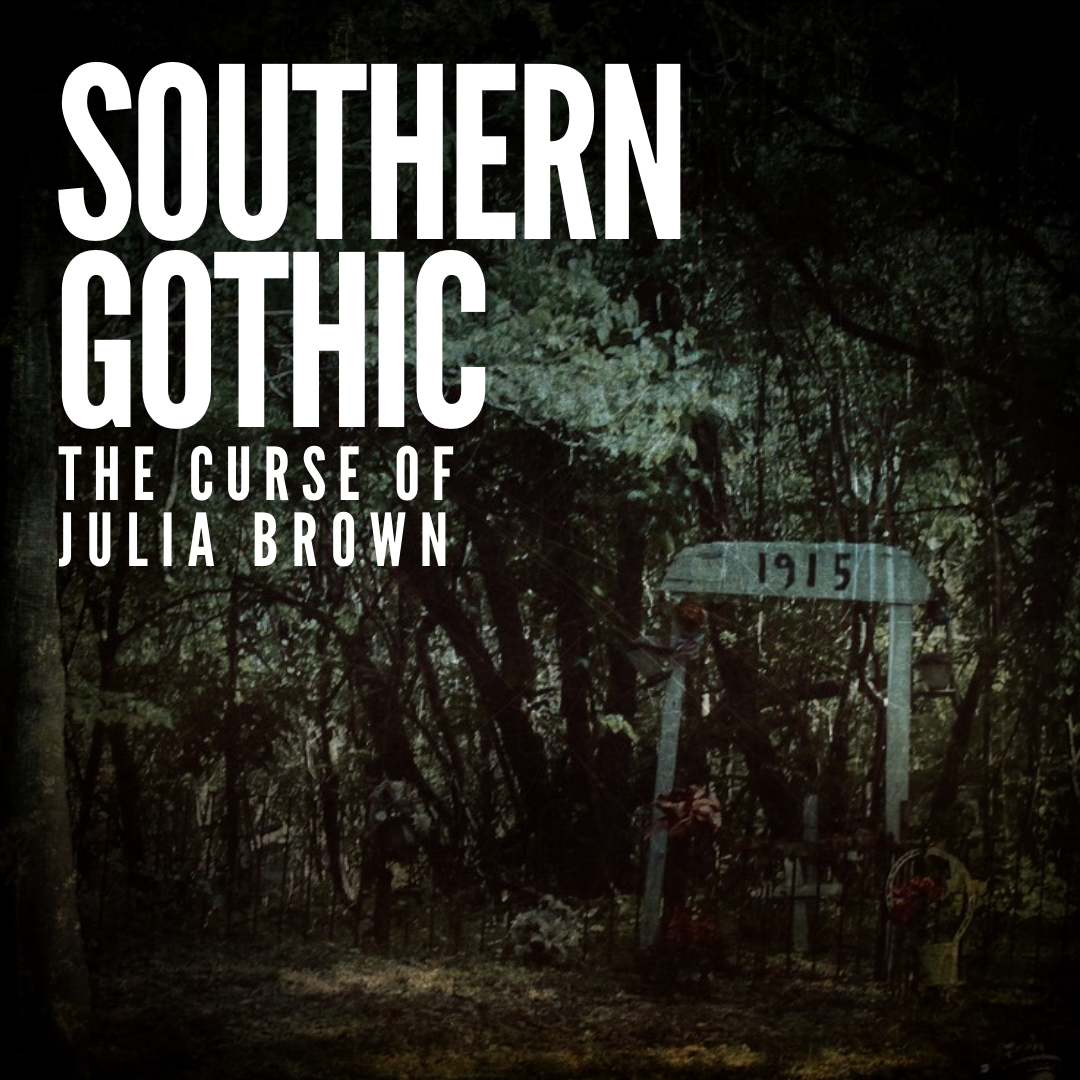
The Blue Lady of Palmetto Dunes…
Hilton Head Island’s Leamington Lighthouse was erected in 1880 to help guide ships away from the island and safely into Port Royal Sound; but according to local lore, the now decommissioned structure is home to the apparition of a young women in a blue dress.
Legends say that the woman is the daughter of a lighthouse keeper who tragically met his fate during a massive hurricane. As a result, she purportedly returns to warn of pending storms.
More Episodes Available Now





















































